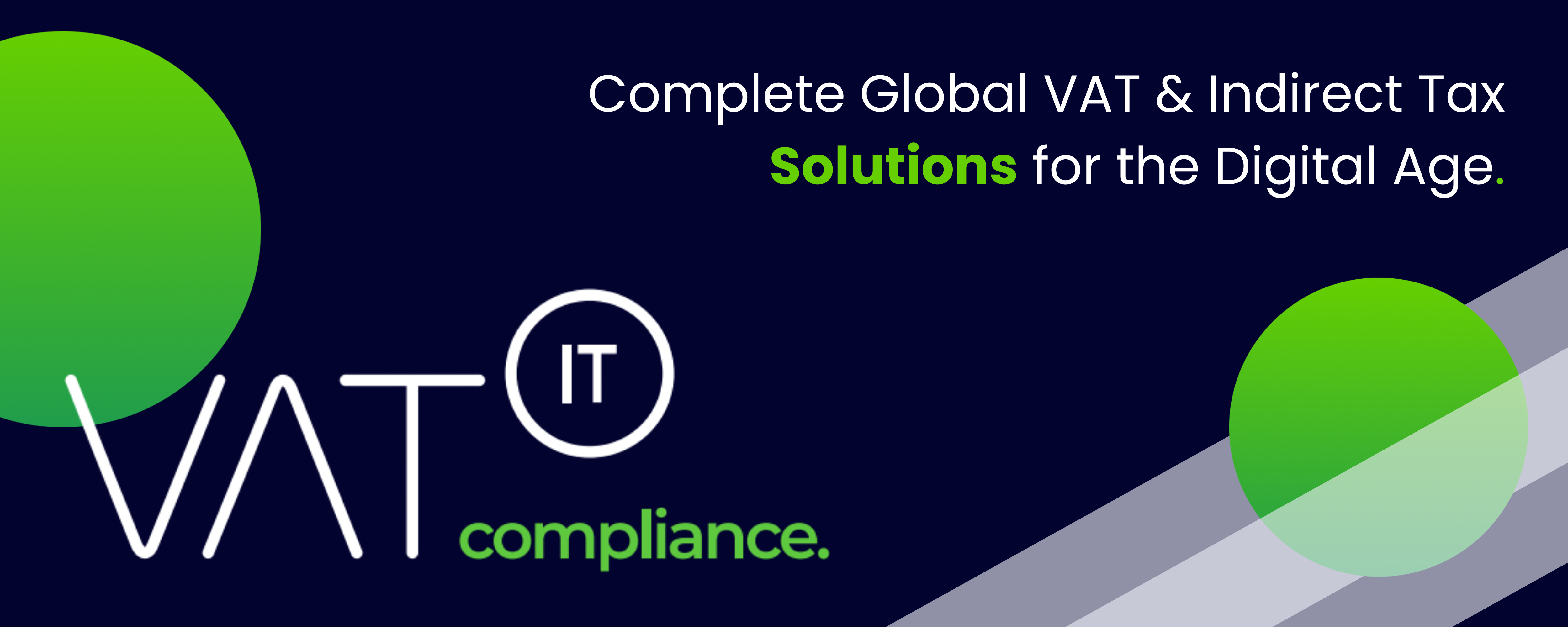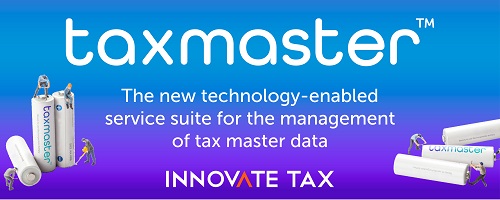- Current Landscape and Benefits: E-invoicing is gaining traction in the U.S., offering significant advantages such as improved cash flow management, enhanced accuracy, and streamlined tax compliance. Although not mandatory, the adoption of e-invoicing can optimize invoicing processes and prepare businesses for future regulatory changes.
- Implementation Process: Transitioning to e-invoicing involves several steps, including assessing existing systems, selecting a reliable e-invoicing solution, integrating it with ERP systems, and training employees. Monitoring performance after implementation is crucial to optimize efficiency and adapt to any changes in regulations.
- Challenges to Address: Businesses may face challenges such as initial implementation costs, data security concerns, and resistance to change from employees. By proactively addressing these issues and ensuring clear communication during the transition, companies can successfully implement e-invoicing and reap its benefits.
Source Storecove
Latest Posts in "United States"
- California Extends Sales Tax Exclusion for Energy Projects Until 2028
- Washington Expands Sales Tax to IT Services, Marketing, and Online Classes
- Illinois Expands Hotel Tax to Short-Term Rental Platforms Like Airbnb Starting 2025
- Arkansas Expands Sales Tax Exemptions for Qualified Large Data Centers Under H.B. 1444
- Texas Comptroller Denies Telecom Equipment Refund for Non-Signal Transmission Items















